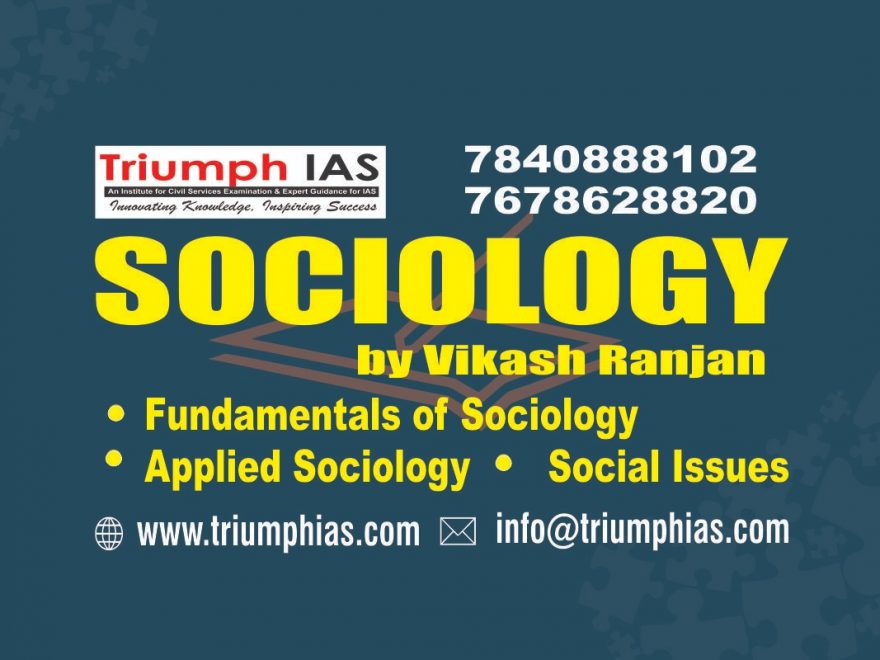Relevance: Sociology: Paper I: Religion and society
- Monism is a religious-philosophical worldview in which all of reality can be reduced to one “thing” or “substance.” This view is opposed to dualism (in which all of reality is reducible to two substances, e.g., good and evil; light and darkness; form and matter; body and soul) and pluralism (all of reality is comprised of multiple substances). In all of these philosophical views, the word substance in a technical sense to mean “essence,”; in other words, something in which properties adhere.
- Many of the early, pre-Socratic philosophers tried to understand the underlying nature of the reality that surrounded them. They wanted to determine what everything could be reduced to. For Thales (624–546 BC), the first principle of everything—that from which everything is derived—was water. For Anaximenes (585–528 BC) it was air. Two more well-known monists, Heraclitus (535–475 BC) and Parmenides (fl. early 5th century BC), attempted to ground reality in becoming (flux) and being (permanence), respectively. Heraclitus observed that all around him was in constant flux (or change); therefore, all reality was becoming—things changing from one form into another. His classic example was the observation that one can never step into the same river twice because the water is in constant motion. Parmenides, taking the opposite route of Heraclitus, said that ultimate reality can only reside in that which is unchanging; for him, that was absolute being.
- Moving from a metaphysical analysis to a more religious-spiritual outlook, monism is the underlying worldview of those who hold to a form of pantheism. Pantheism is the worldview that God (not necessarily the Christian God) is the ultimate source of being, and that all of reality is a manifestation of this God. Pantheism sees no real distinction between God and the universe. Plotinus (AD 204–270), the father of neo-Platonism, was a popular pantheist. His brand of metaphysics taught that ultimate being resided in the One. From a series of necessary emanations, out of the One, comes the Divine Mind (Nous). The next level of emanations results in the World Soul (Psyche), and finally the material world (Cosmos). Another famous philosophical pantheist was the 17th-century rationalist philosopher Baruch Spinoza.
- Monism can also be seen in the scientific realm in those who subscribe to a naturalistic materialism. According to this view, all reality is limited to the material world. There is no such thing as spirit, soul, or God. Only those things that can be perceived by the five senses are real. This is the default position of many atheists (at least those who are consistent with their worldview). One can see what happens if one takes this view to its logical conclusion. If everything is essentially matter governed by physical laws, then such things as love, morality, justice, etc., go out the window. What do those things mean in a purely material world? They are basically feeble attempts to construct meaning in a universe that is cold and deterministic.
- All of these philosophies—whether monistic, dualistic, or pluralistic—are attempting to deal with the problem of universals (or the problem of the one and the many). The problem of universals can be simply illustrated. Take the example of a chair. We can all conceptualize a chair in our minds and apply that concept to different instances of “chair.” All of these particular instances of the concept “chair” may differ—e.g., a simple wooden chair as compared to a fancy office chair with soft cushions and a lift mechanism—but they all share the essential characteristics of what constitutes “chair-ness.” The question that arises is what is more real: the concept of “chair” or the particular chairs we see in the world?
- Broadly speaking, the concept of monism refers to faith in one God, one body of ritual, one set of ideology and moral doctrines. During medieval period religion offered a foundation to the formation of political state. It was believed that religious differences all over the world can only glorify the variations in political identity of the state. For example Roman Empire emerged as a Christian state. Middle East gave way to the rise of Islamic states what was known as post Egyptian civilization.
- However during 18th century slave trade, expansion of the territorial boundaries of the state because of warfare gave rise to the emergence of culturally pluralistic societies. However the major concern of the state was to transform multiculturalism into cultural uniformity. Therefore the state patronized one religion, permitted missionaries to lure ethnic minorities to go for religious conversions. As a result multi ethnic groups because of coercion & persuasion became a part of artificially constructed monistic societies. These monistic societies glorified one sovereign ruler, one ideology, one culture developing intolerance to cultural distinctions.
- 18th century Europe explains how cultural minorities were pushed into ghettos identified as slave race, forced to join warfare and heavy fines were imposed in them on a refusal to commanders dictates. That subsequently gave way to the rise of autocratic state striving for cultural unification.
- After the advent of industry, free trade, the culture of democracy in 19th century Europe it was essential that people cutting across the boundaries of Nation-State should be developing harmonic relationship with each other. During 19th century Catholic Church, its orthodox values and nexus with state was severely challenged. As a result new education system, free market, rational political structure made appearance and state which had a written guaranteeing no discrimination to the citizen of a society on the basis of their ethnic & religious identities.
